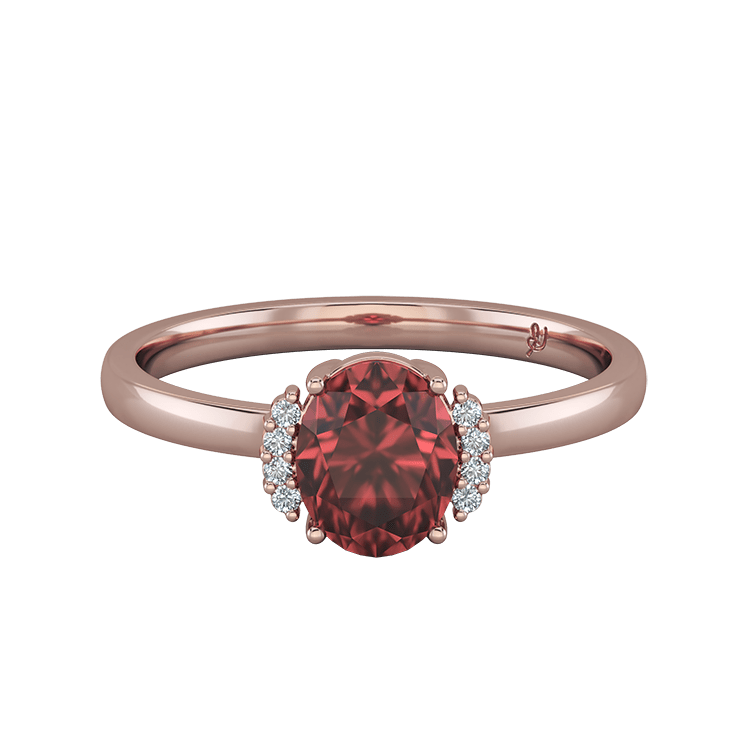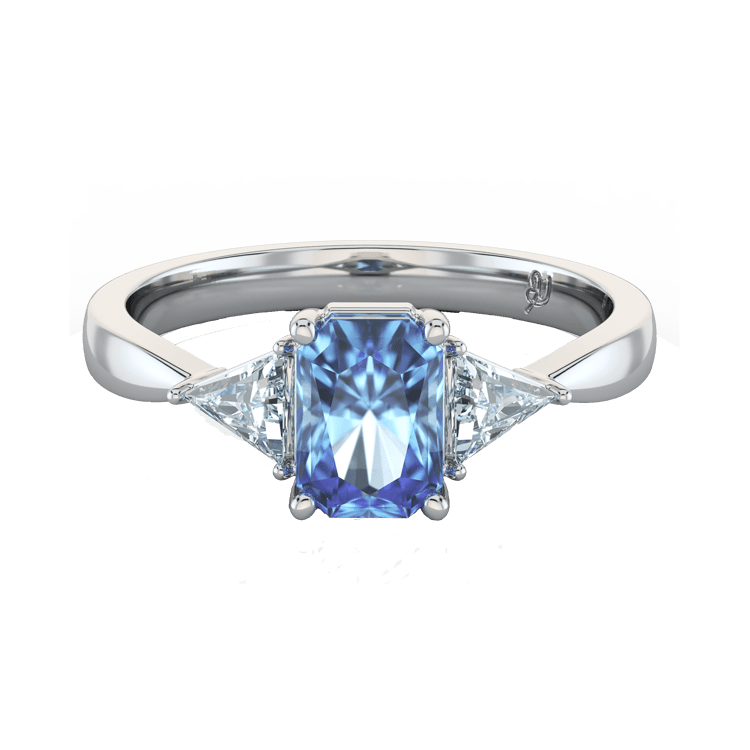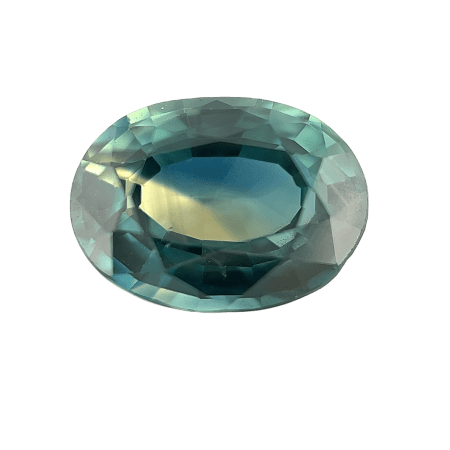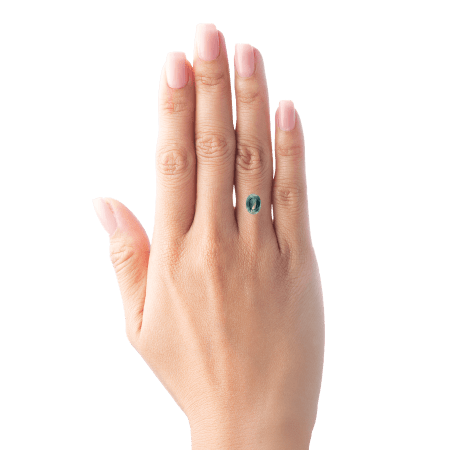What makes a stone valuable?
September 20, 2022 2025-03-17 12:35What makes a stone valuable?
What makes a stone valuable?
Beauty, rarity and durability are the three factors that help define the value of a gemstone. With sapphire being the most durable coloured gemstone (9 on the MOH scale) this naturally is more valued than other gemstones and helps explain why is sapphire so expensive.
The rarest coloured sapphire is the Padparadscha (salmon/sunset colour). This beautiful colour is seen in a very small percentage of sapphires, we estimate about 1%, hence commands a price premium. And finally beauty is in the eye of the beholder which is why we encourage you to choose the sapphire that speaks to you!
Sapphire grading
There is currently no standard grading system for sapphires (or any coloured stones, outside of diamonds) because of the subjective nature of colours! But below we give you the factors that the industry uses to try to describe these precious stones.
Colour
Colour is subjective and even lab to lab a stone may be graded differently. Colour interpretation is different from one person to the next, which is why a standardised grading system for coloured stones is basically impossible. In an attempt to create a more objective system for grading colour, we look at hue, tone and saturation. At the end of the day it must be pleasing to your eye, and should be your first priority when selecting a sapphire.
Hue
Tone
How light or dark the colour/hue is. From light, medium and dark to once again, anything in between.
Saturation
Clarity
Cut
The bottom line.
At the end of the day, what matters most is how the sapphire appeals to you. We present to you hard, durable stones and it is over to you to decide which one you find most attractive. Which would spark joy each time you looked at it. Bring flooding happy memories and speak to your soul. It can be very hard but it also might be easy - much like choosing a partner perhaps 😉



































